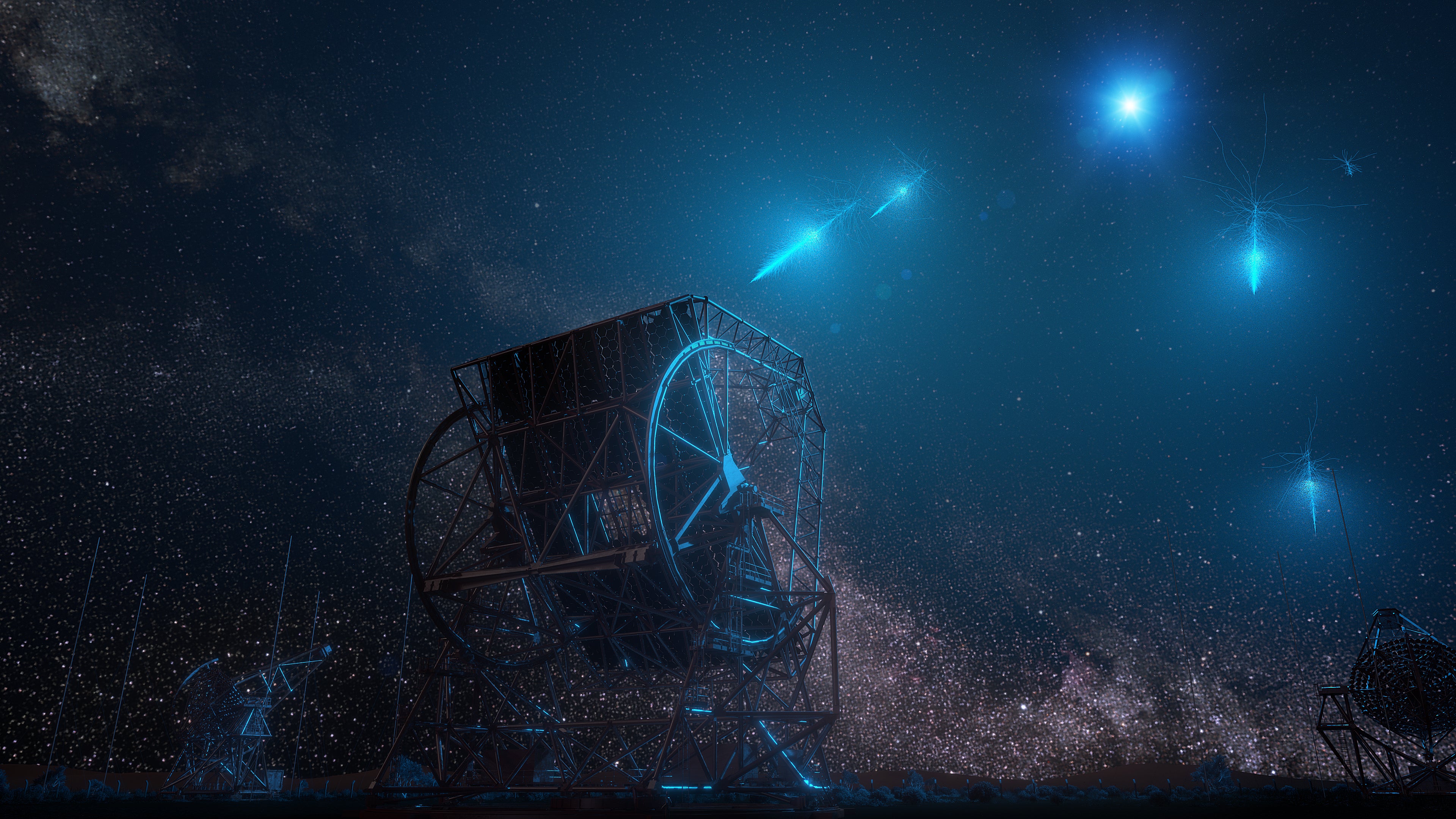Phenomenal explosion in space captured like never before – and could change our understanding of the universe
The explosion happened one billion light years away, which is incredibly close to the Earth by cosmic standards
Your support helps us to tell the story
From reproductive rights to climate change to Big Tech, The Independent is on the ground when the story is developing. Whether it's investigating the financials of Elon Musk's pro-Trump PAC or producing our latest documentary, 'The A Word', which shines a light on the American women fighting for reproductive rights, we know how important it is to parse out the facts from the messaging.
At such a critical moment in US history, we need reporters on the ground. Your donation allows us to keep sending journalists to speak to both sides of the story.
The Independent is trusted by Americans across the entire political spectrum. And unlike many other quality news outlets, we choose not to lock Americans out of our reporting and analysis with paywalls. We believe quality journalism should be available to everyone, paid for by those who can afford it.
Your support makes all the difference.A phenomenal cosmic explosion of gamma radiation from a collapsing star has been captured by scientists in Nambia.
The gamma-ray burst (GRB) was captured by the High Energy Stereoscopic System on 29 August 2019, after the Fermi and Swift satellites detected a burst of radiation in the constellation of Eridanus.
“Gamma-ray bursts are bright X-ray and gamma-ray flashes observed in the sky, emitted by distant extragalactic sources,” said Sylvia Zhu, a scientist at German research centre Deutsches Elektronen-Synchrotron (DESY).
“They are the biggest explosions in the universe and associated with the collapse of a rapidly rotating massive star to a black hole. A fraction of the liberated gravitational energy feeds the production of an ultrarelativistic blast wave. Their emission is divided into two distinct phases: an initial chaotic prompt phase lasting tens of seconds, followed by a long-lasting, smoothly fading afterglow phase.”

A typical gamma-ray burst usually takes place 20 billion light years away, but this one was observed only one billion light years away – giving scientists what they call a “front row” seat to the blast. “We could observe the afterglow for several days and to unprecedented gamma-ray energies,” DESY’s Andrew Taylor said.
This comparatively shorter distance meant that scientists could see the ‘colours’ – photon energies – of the radiation. The GRB had a spectrum up to an energy of 3.3 tera-electronvolts, which is approximately one trillion times as energetic as the photons of visible light.
For three days following the explosion, scientists were still able to track the afterglow – with findings that rewrite what scientists previously thought about radiation.
Established theories argue that X-rays and gamma rays are emitted by separate mechanisms, and that X-rays originate from ultra-fast electrons that are deflected in the burst’s magnetic field, in the same way to how particle accelerators on Earth produce X-rays for scientific use.

It seemed unlikely that even very powerful explosions could accelerate electronics to produce gamma rays due to a “burn-off limit”, which is determined by the balance of acceleration and cooling of particles within an accelerator. Producing high-energy gamma rays through this mechanism would require electrons exceeding the burn-off limit, but observations from this new explosion suggest something different: that X-ray and gamma ray, faded in sync with each other, and that the gamma-ray spectrum clearly matched an extrapolation of the X-ray spectrum.
“It is rather unexpected to observe such remarkably similar spectral and temporal characteristics in the X-ray and very-high energy gamma-ray energy bands, if the emission in these two energy ranges had different origins,” says Dmitry Khangulyan from Rikkyo University in Tokyo.
Scientists say that they will need to further study GRB afterglows following this discovery, with hopes that next-generation instruments like the Cherenkov Telescope Array would be able to regularly detect radiation in the very-high energy band – with the hope that these investigations will be more common, and help scientists truly understand the physics of these strange phenomena.
The study, “Revealing x-ray and gamma ray temporal and spectral similarities in the GRB 190829A afterglow”, has been published in Science.

Join our commenting forum
Join thought-provoking conversations, follow other Independent readers and see their replies
Comments